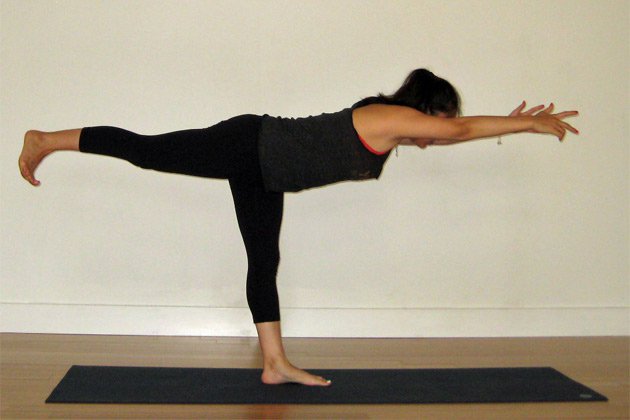Are You Middle-Aged & Can’t Stand On One Leg For 10 Seconds? Find Out What Researchers Say

New Delhi: A simple and safe balance can decide how long you will live. So, if you have not tried to stand on one leg for 10 seconds in your mid-life, do it now because it is linked to a near doubling in the risk of death from any cause within the next 10 years, according to research published online in the British Journal of Sports Medicine.
This balance test could be included in routine health checks for older adults, say the researchers.
Unlike aerobic fitness and muscle strength and flexibility, balance tends to be reasonably well preserved until the sixth decade of life, when it starts to wane relatively rapidly, note the researchers, Bloomberg reported. Balance assessment isn’t routinely included in health checks of middle-aged and older men and women, possibly because there isn’t any standardised test for it, and there are few hard data linking it to clinical outcomes other than falls, add researchers.
The researchers wanted to find out whether a balance test might be a reliable indicator of a person’s risk of death from any cause within the next decade, and, as such, might therefore merit inclusion in routine health checks in later life.
The researchers drew on participants in the CLINIMEX Exercise cohort study. This was set up in 1994 to assess associations between various measures of physical fitness, exercise-related variables, and conventional cardiovascular risk factors, with ill health and death, the report added.
The current analysis included 1,702 participants aged 51-75 (average of 61) at their first checkup, between February 2009 and December 2020. Around two-thirds (68%) were men. Weight and several measures of skinfold thickness plus waist size were taken. Details of medical history were also provided. Only those with stable gait were included.
As part of the checkup, participants were asked to stand on one leg for 10 seconds without any additional support.
To improve standardisation of the test, participants were asked to place the front of the free foot on the back of the opposite lower leg, while keeping their arms by their sides and their gaze fixed straight ahead (just like in Yoga). Up to three attempts on either foot were permitted.
Here is the result:
- In all, around 1 in 5 (20.5%; 348) participants failed to pass the test. The inability to do so rose in tandem with age, more or less doubling at subsequent 5-year intervals from the age of 51-55 onwards.
- The proportions of those unable to stand on one leg for 10 seconds were: nearly 5% among 51-55 year-olds; 8% among 56-60 year-olds; just under 18% among 61-65 year-olds; and just under 37% among 66-70 year-olds.
- More than half (around 54%) of those aged 71-75 were unable to complete the test. In other words, people in this age group were more than 11 times as likely to fail the test as those just 20 years younger.
- During an average monitoring period of 7 years, 123 (7%) people died: cancer (32%); cardiovascular disease (30%); respiratory disease (9%); and COVID-19 complications (7%).
- There were no clear temporal trends in the deaths, or differences in the causes, between those able to complete the test and those who weren’t able to do so.
- The proportion of deaths among those who failed the test was significantly higher: 17.5% vs. 4.5%, reflecting an absolute difference of just under 13%.
- In general, those who failed the test had poorer health: a higher proportion were obese, and/or had heart disease, high blood pressure, and unhealthy blood fat profiles. And type 2 diabetes was 3 times as common in this group: 38% vs. around 13%.
- After accounting for age, sex, and underlying conditions, an inability to stand unsupported on one leg for 10 seconds was associated with an 84% heightened risk of death from any cause within the next decade.
This is an observational study, and as such, can’t establish a cause. As participants were all white Brazilians, the findings might not be more widely applicable to other ethnicities and nations, caution the researchers, the report said, adding that information on potentially influential factors, including recent history of falls, physical activity levels, diet, smoking and the use of drugs that might interfere with balance wasn’t available.
Finding
Nevertheless, the researchers conclude that the 10-second balance test “provides rapid and objective feedback for the patient and health professionals regarding static balance,” and that the test “adds useful information regarding mortality risk in middle-aged and older men and women.”

Comments are closed.